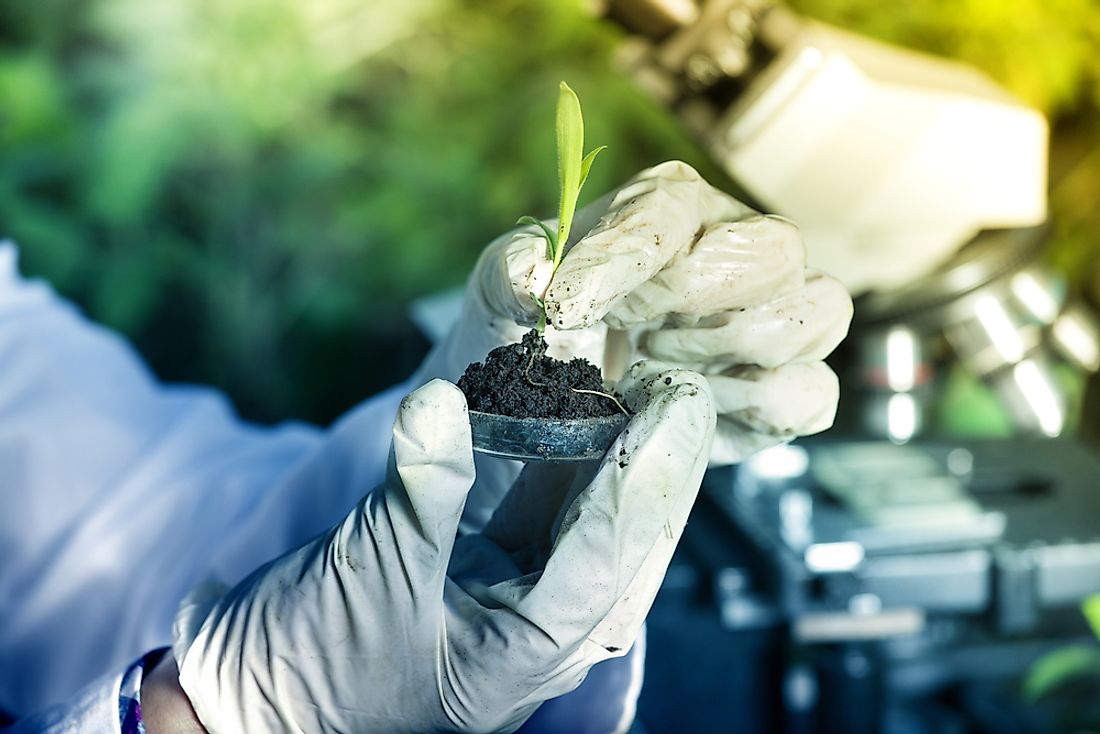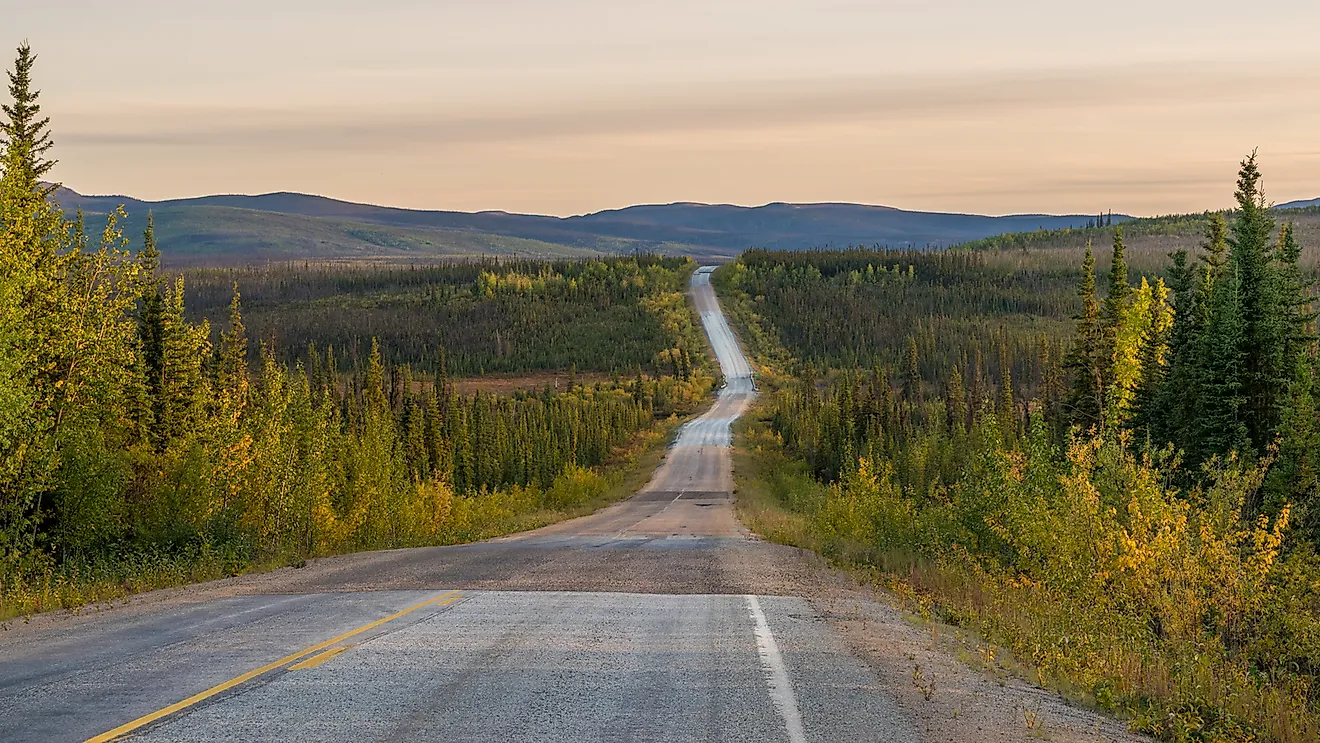What is Pedology?

By definition, pedology refers to studying soil and all its aspects (such as chemical and physical properties) in its natural environment. Another term for pedology is soil science. This branch is related to another type of science, which is known as edaphology, although the two are not exactly similar. Edaphology is the study of how soil influences living things.
Someone who studies pedology is called a pedologist. Pedologists take advantage of advanced techniques and equipment that are almost similar to those used in fields like physics and chemistry.
Pedologists seek to understand the dynamics of the soil, unlike agronomists who simply see soil as a means for agronomic productivity. In recent times, however, the two fields (pedology and agronomy) have been increasingly becoming integrated. In addition, pedology has also expanded to include an intimate comprehension of pedogenesis processes that account for how soils function and evolve. Through this understanding, experts can explain the history of soil as well as come up with predictions on how the soil will be based on how land is used.This information then becomes useful to agronomists who learn how to use the land sustainably.
Concepts Used in Pedology
Many concepts help pedologists in their field. The first one is that soils are an interface to several layers of the earth namely the atmosphere, hydrosphere, lithosphere, and the biosphere. For this reason, everyone in the field must have knowledge about hydrology, geology, biology, and other earth and natural sciences. In addition, sciences related to the comprehension of soil genesis, such as glacial geology, paleoecology, and others, are needed to forecast future changes in the soil.
Soil forming processes, otherwise known as pedogenic processes, can destroy and create order in soil. Sometimes, these processes of creation and destruction can happen at the same time. In the end, pedologists can determine the level of balance between the two processes both in the past and in the present.
In geology, there is a principle known as uniformitarianism, which states that the same processes and natural laws that operate today were present in the past. This principle also applies to pedology. However, it is accepted that the intensity and degree of these processes varies.
From a geological perspective, there is a small number of soils that can be classified as old. This is because soils are constantly being destroyed or modified by any number of factors since they are exposed on the earth’s surface. The few old soils, however, help to provide experts with knowledge of climate evolution over the years.
How Is Soil Formed?
Soils are formed by five major factors namely climate, parent material, time, organisms, and relief. However, there are other smaller processes that drive the soil formation process as well as soil patterns. In addition, soil genesis is often more complex than it is simple.
Most aspects of the soil, as well as soil landscapes, can be observed and then measured. These aspects include the number, shapes, sizes, and the arrangement of the soil. Each of these aspects is characterized based on a criterion that takes into account the degree of homogeneity, age, landscape position, slope, and other properties.











